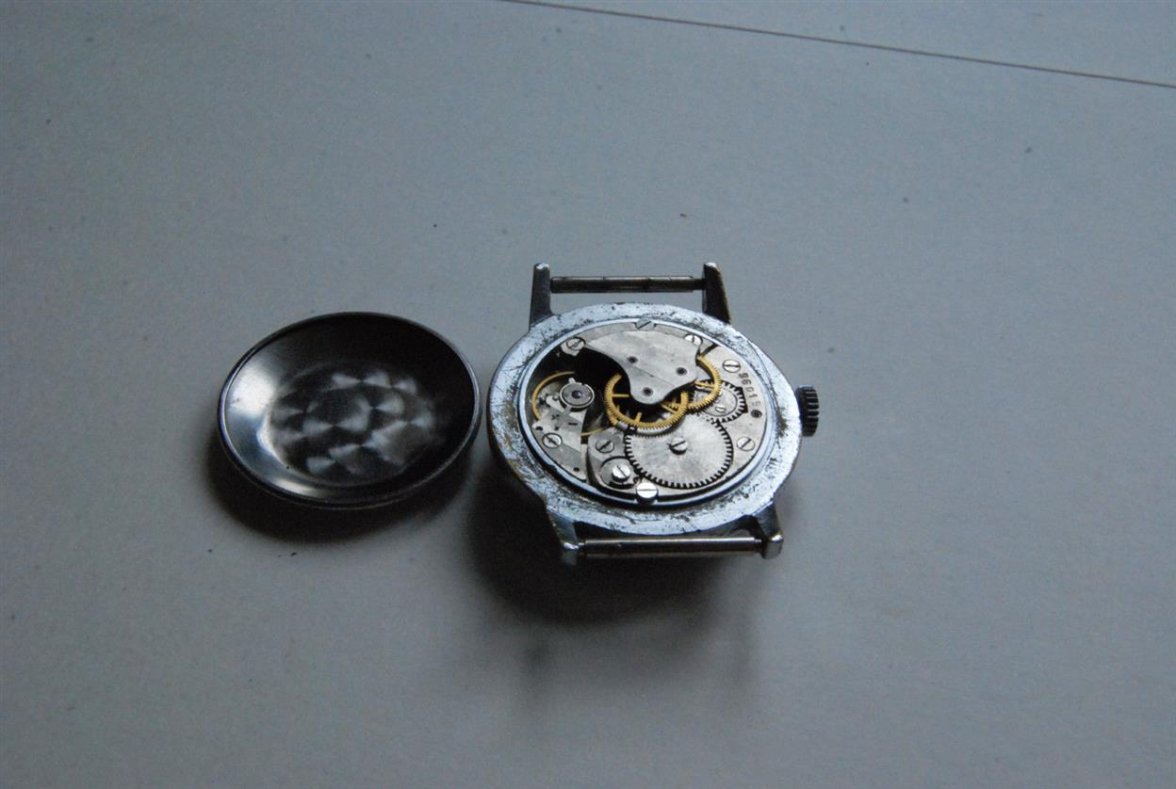watchos
·Apart from the athletics and design choices, are there any technical benefits to having a small seconds dial as opposed to a traditional seconds hand in a chronometer? I understand rhat a chronograph might use it since the large seconds are a key part of the chronograph. I particularly find it interesting that the “dirty dozen” watches were requested by the British military with the small seconds dial when they could have had a normal seconds hand. Are they more resistant? Require less amount of mechanical energy?
Thanks in advance for your replies.
Thanks in advance for your replies.



